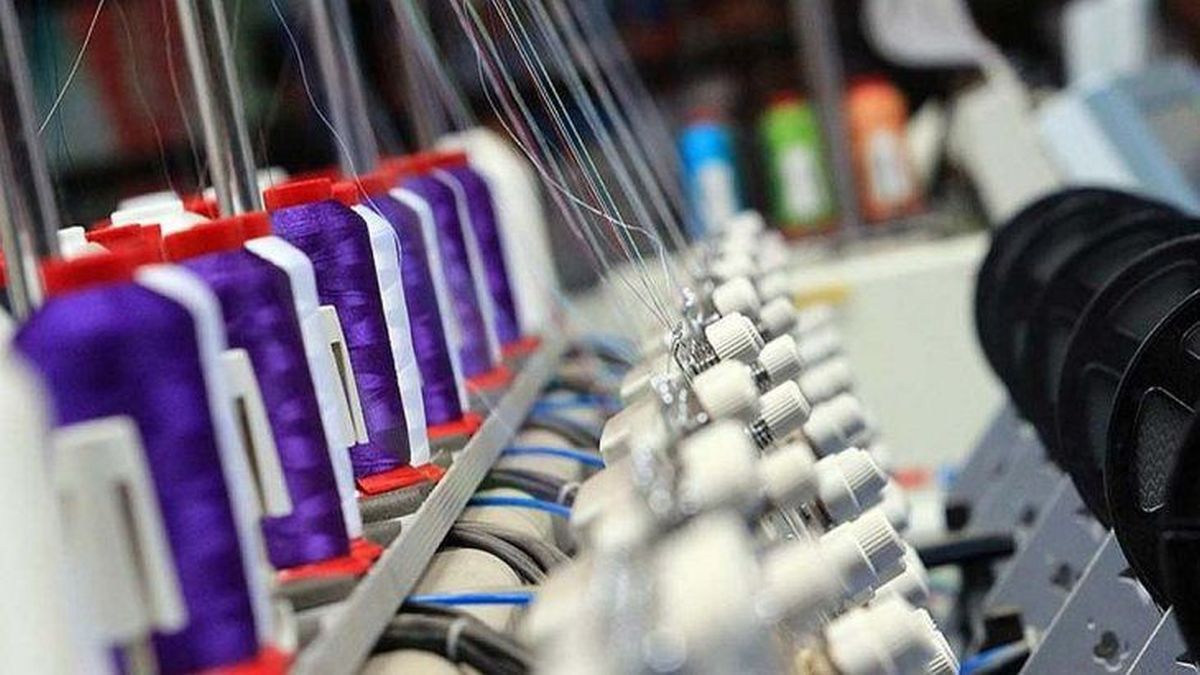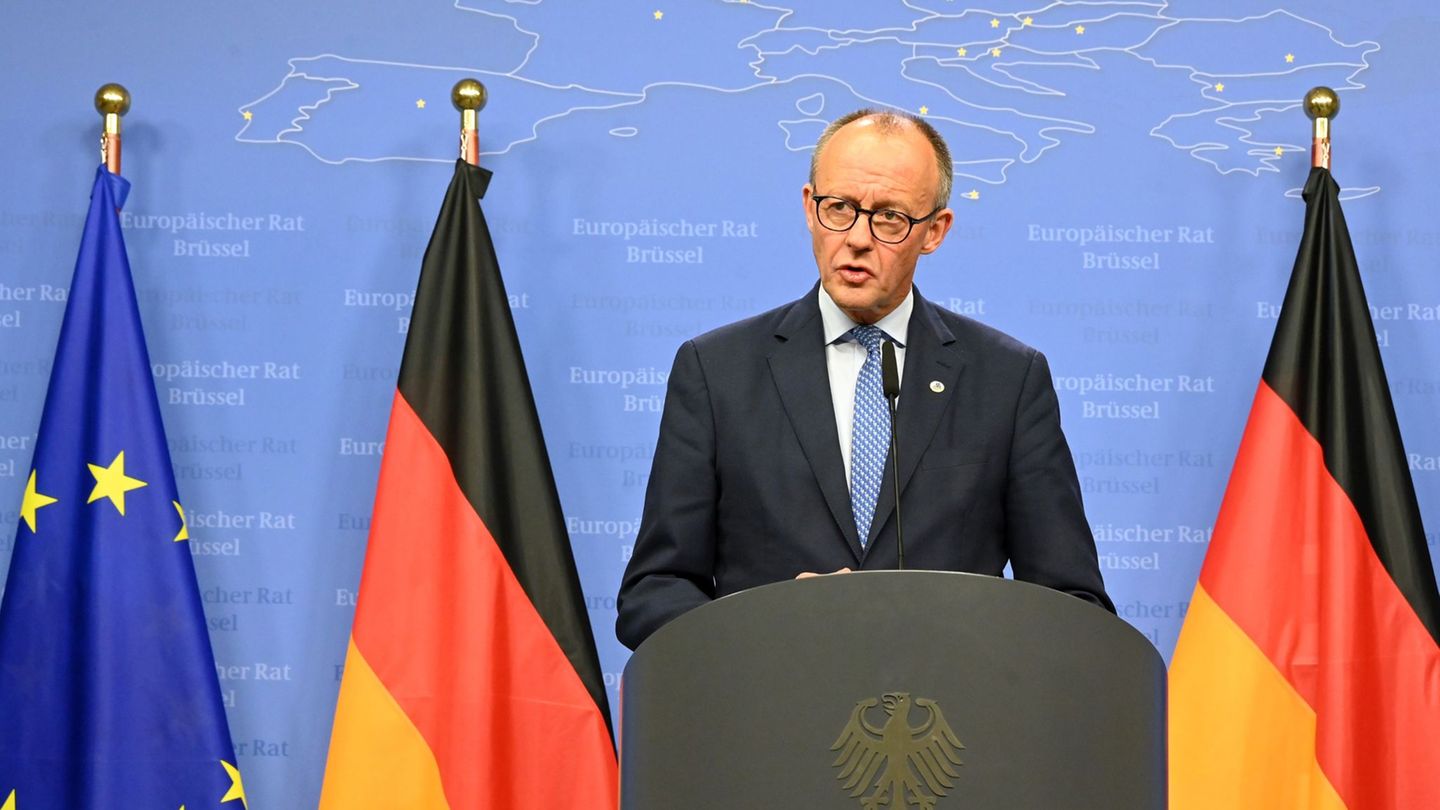The textile industries, Like national entrepreneurs from other sectors that are dedicated to manufacturing production, they are concerned about the path the Government has chosen to stabilize the economy. What disturbs them is the combination of exchange rate delay with the clear resignation of the economic authorities to manage foreign trade.
Among other measures, they warn that the Economy’s decision to repeal the Customs criterion values to control the value of imports may open the doors to the entry of merchandise at dumped value. “It is very important to lower inflation. We all subscribe to the ordering of macro variablesbut if that is the end in itself the question is at what cost. If we have 60% of unemployed people, all of whom are poor, what is the profit,” stated the president of the Protect Foundation, Luciano Galfione.
The leader led a press conference within the framework of the entity’s annual meeting, Protect 2024where the situation of the sector was analyzed. They were also the secretary Jorge Sorabilla, and the treasurer, Pedro Bergaglio.
The problems detected by textile entrepreneurs
The point is that, technically, Argentina has not opened its economy because It maintains its tariff structure intact, which – in the case of textiles – reaches 35% of what is authorized by the World Trade Organization (WTO).. What it has defined is not to apply measures to prevent what would be “unfair trade.”
Galfione gives the example of a shirt that arrives at the port of Buenos Aires at a value deu$s1, which with the tariff, would become u$s1.35. Even though the tariff is applied, the entry price is very low.
The latest measure announced by the Government, at the request of the Minister of Deregulation, Federico Sturzenegger, to allow imports via “courier” up to US$3,000 was taken by businessmen more as a provocation as an effective measure, given that the impact will be less.
textile industry.jpg
The textile industry faces many problems in competing with importers.
What is worrying is the late exchange rate. Sorabilla pointed out that, this year, “inflation accumulates 107% and the dollar rose 30%.” “Those 70 points difference means that “Our prices were no longer competitive,” He explained, remembering that at the beginning of Javier Milei’s government, with the super devaluation of the peso, the industry had been left in competitive conditions. But he said the crawling peg at 2% quickly erased that gain.
The industrialists They expect that this year the activity of the textile industry will fall 20%, but that next year it will recover 10% due to the effect of greater consumption that would bring greater price stability.
The use of installed capacity, by floor
This year, The textile industry operated at 44% of its capacity on average. In October it was 51%. For industrialists, for the activity to be profitable the installed capacity of a company should be at 75%.
The industrialists Textiles are aware that Argentina’s problem is one of “systemic competitiveness.” For case, A t-shirt that is sold in a shopping center has a 50% tax in the consumer price. Of them, only 8% is for the industrial sector.
For this reason, they consider that even though from the national government intends to open the market to imports, the only thing that would be achieved would be to “replace internal activity” for finished imported products, without achieving a reduction in prices.
Source: Ambito
I am a 24-year-old writer and journalist who has been working in the news industry for the past two years. I write primarily about market news, so if you’re looking for insights into what’s going on in the stock market or economic indicators, you’ve come to the right place. I also dabble in writing articles on lifestyle trends and pop culture news.




